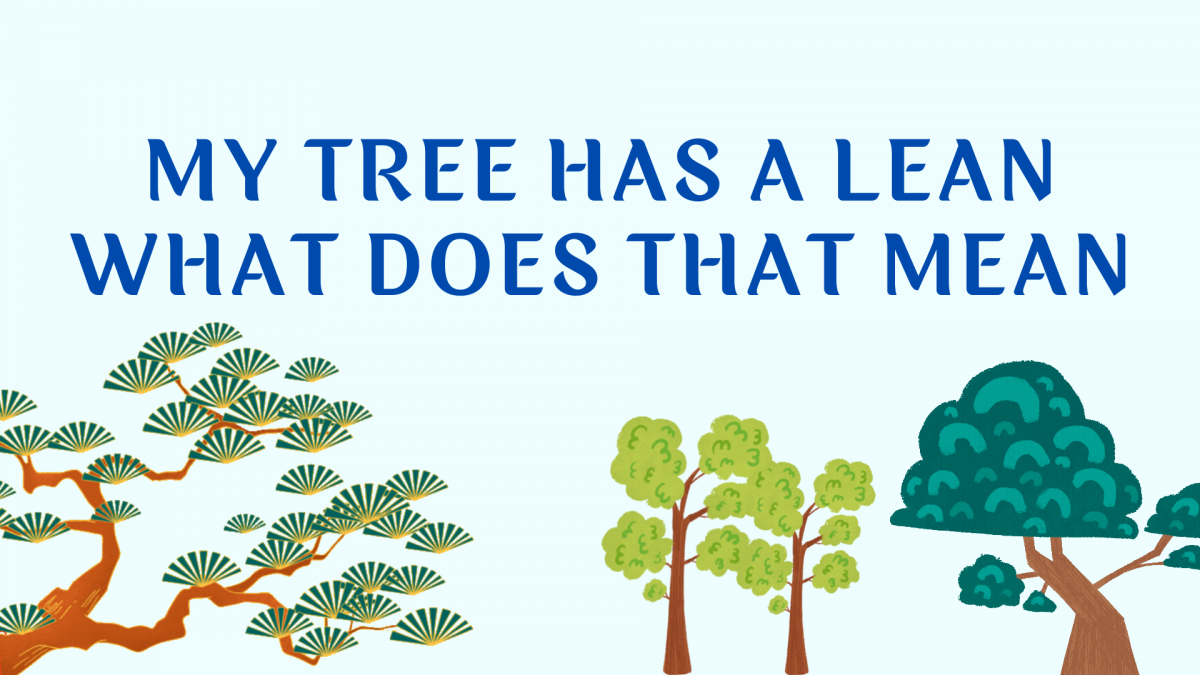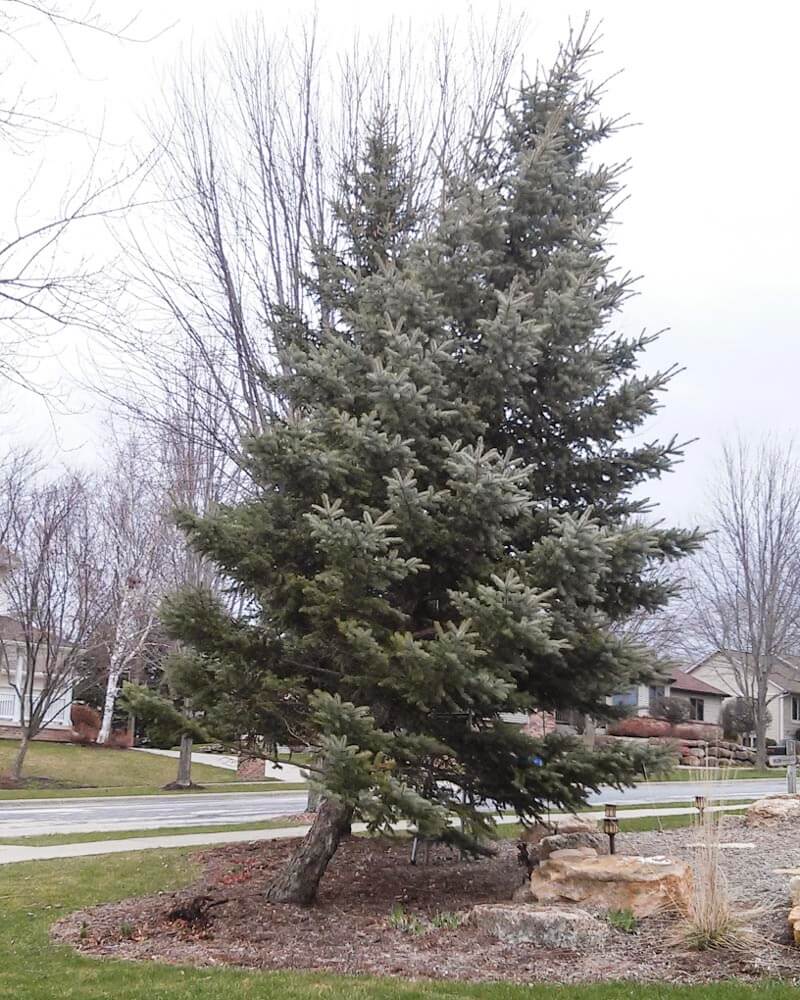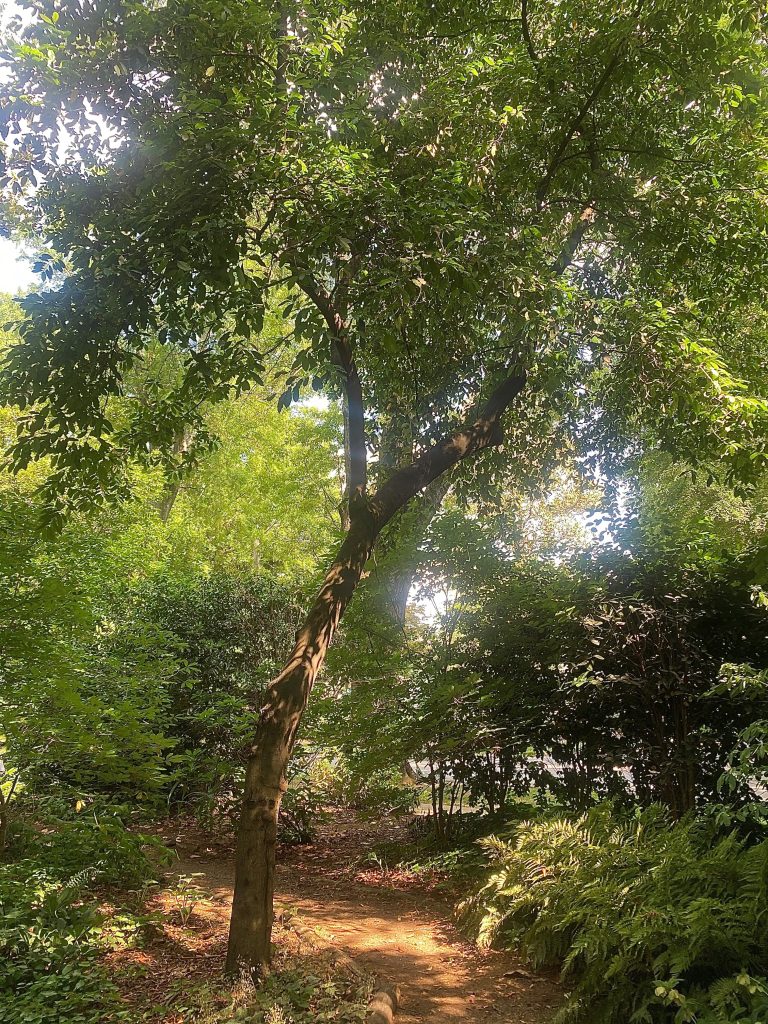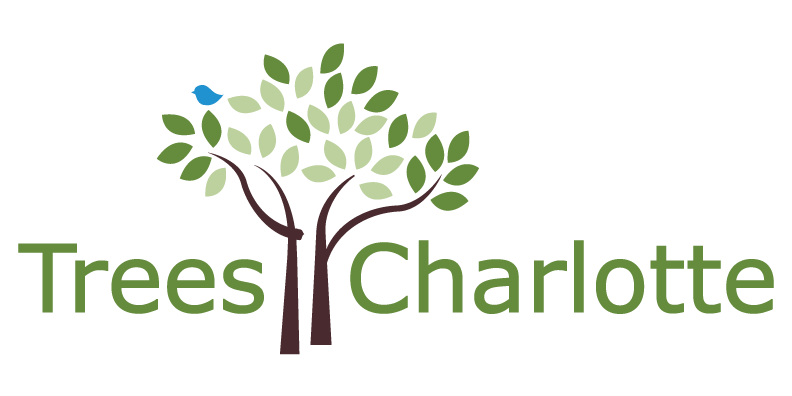My tree has a lean, what does that mean?


We all want our trees to grow up perfectly straight without any worrisome bends or leans, but that doesn’t always happens. Leaning trees are not uncommon and because of that, we get a lot of questions from concerned tree-parents about crooked or angled trees. We’re here to tell you everything you need to know about leaning trees, if they are a problem, and how to fix them.
First, it’s important to differentiate between two kinds of “leans” that you may see—a leaning tree with a straight trunk (Image 1) and a tree that starts to curve as the trunk progresses upward (Image 2).

A tree with the first kind of lean can be caused by lots of things, like damaged roots, severe wind, an imbalanced crown, or even improper planting when the tree was young. If your tree is still young and was planted within the last few years, you can dig it up and replant it so that it is straight. But be cautious to not damage roots in the process. If you notice a lean like this on your mature tree, it’s worth having an arborist come take a look. If the roots are still intact, a leaning tree can be fixed with cabling. The arborist will also look for a lifted root plate. This is something you should look out for too. A lifted root plate can be detrimental to a tree because roots can easily break off, leading to water and nutrient shortage and eventual death. Mature trees with a lifted root plate are likely going to have to be removed due to hazard risk.
The second kind of lean you may encounter looks like a bend or curve that starts part-way up the tree trunk. Leans like this are often the result of phototropism during growth. Phototropism is the process by which plants will grow in the direction of sunlight. These leans happen slowly over time and cannot be corrected, but the root system of these trees usually compensate for this uneven weight distribution by growing more extensively on the opposite side for balance. This kind of lean can be avoided when planting a young tree by choosing a spot that has an even distribution of sunlight away from other trees or tall structures. But generally, phototropic leans are normal and shouldn’t cause much of a worry. If you’re unsure what kind of lean your tree has or if the lean is over important structures (your house, the road, etc.) your best course of action is to always call an arborist.




